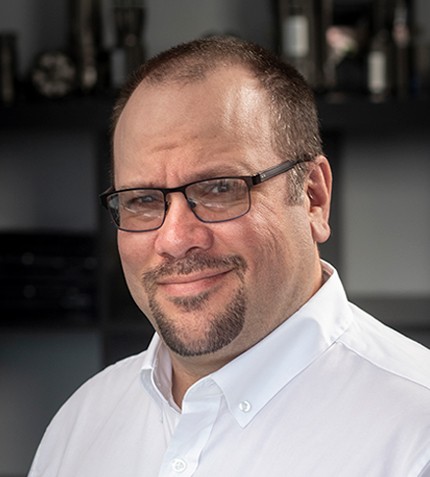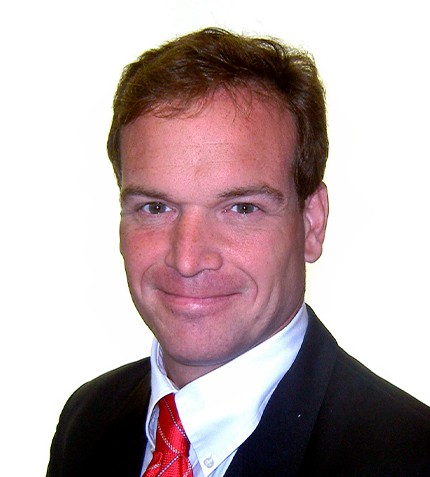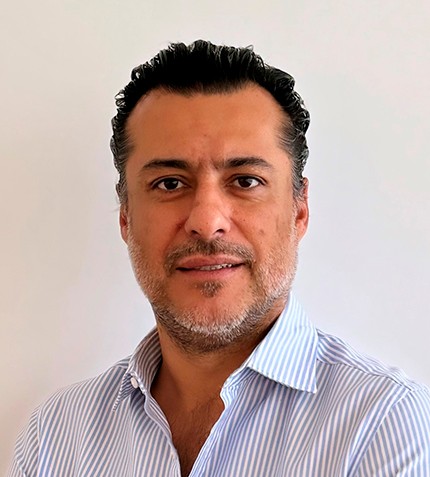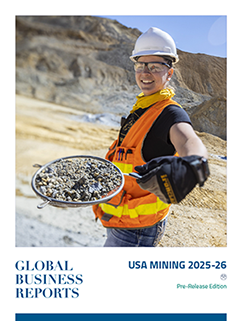
“Our biggest challenge in mining and geological sciences is that we are data-limited; we are limited by uncertainties in our model inputs.”
Kathy Kalenchuk
PRESIDENT AND PRINCIPAL CONSULTANT, ROCKENG
Can you introduce RockEng to our audience?
RockEng is a Canadian-owned consultancy specializing in geomechanics and rock engineering. We provide services ranging from mine design and complex ground control studies for operating mines to due diligence and internal review work for mining and investment companies.
We work on both underground and open-pit mines all over the world. Demand for our services fluctuates between supporting mine operations and pre-feasibility or feasibility studies – recently support to mine operations has been increasingly in demand. In Ontario, this recent demand for operational rock mechanics has largely been for underground gold mines. We are also seeing a significant increase in demand for secondment and training services, due in part to the current labor shortages across many sectors.
How has the rise of critical minerals impacted demand for your services?
We have been involved in some pre-feasibility and feasibility studies, especially for lithium projects. There is a lot of excitement in the industry for these commodities, though we have not yet seen that excitement translate into an increase in demand for our services in critical minerals proportionate to other commodities. This may be tied to a broader slowing of pre-feasibility and feasibility work - the current economic climate has seen elevated operations and borrowing costs; this impacts investment in studies across all commodities, not just critical minerals.
What are some recent trends you have observed in underground mining?
Demand for rock mechanics and ground control expertise is increasing – this has been a trend throughout my career. I believe this is because rock mechanics and ground control are a critical component of mining best practices and safety management. Increasingly stringent regulations are also a contributing factor. For example, the Ministry of Labor in Ontario updated regulations so that starting September 1st, 2023, all underground mines require a seismic risk management program; this plays right into our area of expertise.
Secondly, mines have been increasingly operating ‘leaner’ – less dilution, lower costs, and more optimization. Our industry recognizes that expertise in rock mechanics and well-managed ground control programs improve the economics and productivity of mines.
How has the rise in computing power impacted your field?
Numerical modeling and computational tools are the most common engineering tools employed in our field. While our engineering tools have advanced rapidly, our ability to characterize conditions and understand the stresses on a rock, for example, has not advanced at the same pace. Our biggest challenge in mining and geological sciences is that we are data-limited; we are limited by uncertainties in our model inputs. Significant risks can be introduced if these computational tools are misused. Competency in engineering means more than just running calculations and making designs – competency also requires recognition of design uncertainties, communicating the risks that those uncertainties may introduce, and making a practical plan for any necessary risk mitigation.
While data limitations are a huge challenge, we are seeing big improvements in the amount of geotechnical data collected as a standard practice. Mine owners and operators are learning the value of robust data collection – which is great for our field. Further, there are lots of emerging technologies that target our challenges in data collection. For example, core scanning technology and underground use of LIDAR-based mapping are now being used to collect data quickly, and in areas that are challenging to access. Data collection and monitoring methods are advancing – just not as fast.
What are the recent trends in academia in rock mechanics?
Rock mechanics is a broad field. The tools used to characterize ground conditions are always improving and becoming more applicable to a broader range of geological settings. We are also seeing a lot of investment and research in instrumentation, for example through improved scanning technologies or instrumented ground support strategies. There are also continued advancements in our understanding of fundamental mechanics. For example, in simple terms, as we continue to gain a better understanding of how rocks break, we can make a better prediction of where or when a rock burst might happen in a mine.
What are the plans for RockEng in the coming years?
Consulting firms have a choice to either balloon in size – as there are always clients knocking on the door — or be very selective in hiring strategies and the projects taken on. The management team at RockEng is committed to controlled and sustainable growth through selective hiring focused on providing diversity of gender, ethnicity, and beliefs, but also a diversity of engineering experience and skill sets.










